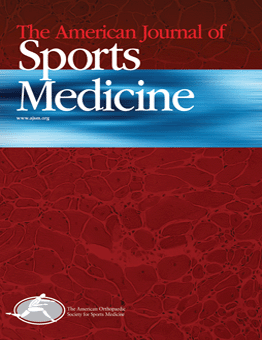
SHOULDER & ELBOW
Comparison of retear risk between early & delayed active ROM following rotator cuff repair
This report has been verified
by one or more authors of the
original publication.
Am J Sports Med. 2016 Mar;44(3):785-91
37 studies (n=2251 repairs) investigating either early or delayed initiation of active range of motion exercises in patients who had undergone rotator cuff repairs were included in this meta-analysis. As postoperative rehabilitation has been suggested to influence the structural integrity of the repair, the present analysis was conducted in order to determine if retear rates were affected by the timing of active ROM initiation. Early initiation of active range of motion exercises displayed a higher risk of retear when tears were 3cm or less and repaired with transosseous and single-row suture anchor techniques, 3cm or greater overall and among those repaired with a double-row suture bridge technique, or 5cm or greater and repaired with a double-row suture bridge technique.
Unlock the full ACE Report
You have access to {0} free articles per month.Click below to unlock and view this {1}
Unlock NowCritical appraisals of the latest, high-impact randomized controlled trials and systematic reviews in orthopaedics
Access to OrthoEvidence podcast content, including collaborations with the Journal of Bone and Joint Surgery, interviews with internationally recognized surgeons, and roundtable discussions on orthopaedic news and topics
Subscription to The Pulse, a twice-weekly evidence-based newsletter designed to help you make better clinical decisions
Exclusive access to original content articles, including in-house systematic reviews, and articles on health research methods and hot orthopaedic topics
Or upgrade today and gain access to all OrthoEvidence content for just $1.99 per week.
Already have an account? Log in


Subscribe to "The Pulse"
Evidence-Based Orthopaedics direct to your inbox.
{0} of {1} free articles
Become an OrthoEvidence Premium Member. Expand your perspective with high-quality evidence.
Upgrade Now













































































